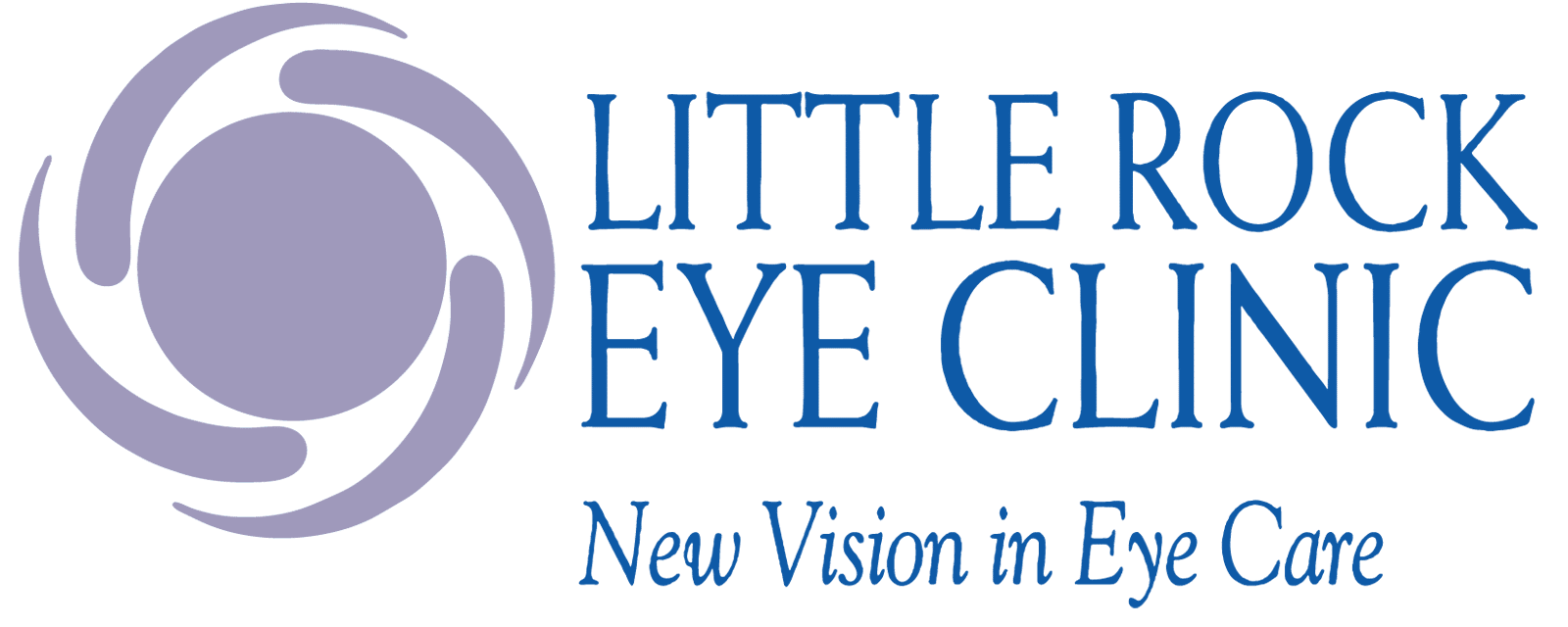The Normal Eye
In a normal eye, light entering the eye is refracted (bent) by the eye’s cornea and then by the eye’s crystalline lens so that it focuses precisely on the retina. The retina is the thin layer of nerve tissue that receives light images and converts them into electrical impulses, which travel via the optic nerve to the visual part of the brain. If the light rays are not focused on the retina, the image that is sent to the brain will be blurred.
20/20 Vision
Visual acuity is the measure of how clearly a person sees. The term “20/20 vision” is used to express normal visual acuity. If you have 20/20 vision, you can see at 20 feet what a normal, healthy eye can see at 20 feet. If you have 20/100 vision, you must be as close as 20 feet to see what a normal, healthy eye can see at 100 feet.
20/20 does not necessarily mean perfect vision. Visual acuity measures only one aspect – the clarity – of a person’s vision. There are other important components of vision, such as peripheral (side) vision, eye coordination, depth perception and focusing ability that contribute to your overall visual ability.
Most people who are farsighted, nearsighted, or have an astigmatism, are able to see 20/20 through corrective lenses (glasses or contact lenses) even though their vision without lenses may be much worse. If visual acuity cannot be corrected to 20/20 with corrective lenses, the reduced vision may be due to an eye disease. Our physicians, after a comprehensive eye examination, can diagnose the conditions, if any, that are limiting your ability to see well.
Myopia
Myopia, or nearsightedness, is a vision condition in which near objects are seen clearly, but distance vision is blurred. Myopia occurs when the cornea is shaped too steeply or the eye is too long. This causes light entering the eye to be focused in front of the retina instead of on the retina.
Myopia is a very common vision condition affecting 25-30% of the U.S. population. Nearsightedness can be hereditary. There is also some evidence that significant amounts of close work (reading, computers, etc.) can increase myopia. It normally first develops in school age children.
Myopia is typically corrected with glasses or contact lenses. Refractive surgery is also a possible treatment.
Hyperopia
Hyperopia, or farsightedness, is a vision condition in which distant objects are usually seen clearly, but close ones do not come into focus as easily. Hyperopia occurs when the cornea is shaped too flat, or the eye is too short. This causes light entering the eye to come to a focal point behind the retina instead of on the retina.
The effects of farsightedness vary with age. Young people, with more focusing ability, may be able to see well at distance and near despite their farsightedness. This is because the crystalline lens inside the eye can change shape and compensate for the hyperopia. This increased focusing demand, however, often causes eyestrain, fatigue and/or headaches with close work. As we get older, the crystalline lens loses its flexibility. An older individual may have blurred vision at both distance and near due to farsightedness.
Hyperopia is typically corrected with glasses or contact lenses. In limited situations, refractive surgery may be an option.
Astigmatism
Astigmatism is a vision condition that affects both distance and near vision. It is not a disease, but simply a form of nearsightedness or farsightedness. It typically occurs when the front surface of the eye, the cornea, is irregular in shape, (egg-shaped or football-shaped rather than round like a basketball). This causes light rays entering the eye to be focused in many different places, causing the image sent from the retina to the brain to be unfocussed.
Most people have some degree of astigmatism. People with moderate to severe astigmatism will usually have blurred or distorted vision, while those with mild astigmatism may experience headaches, eyestrain, fatigue and/or blurred vision at certain distances. Large amounts of astigmatism are usually inherited and present at birth. Smaller amounts of astigmatism may develop at any time in life.
Astigmatism is typically corrected with glasses or contact lenses. Even large amounts of astigmatism can now be corrected with contact lenses. In limited situations, refractive surgery may be an option.
Presbyopia
Presbyopia is a vision condition in which the crystalline lens inside your eye loses its flexibility and makes it difficult to focus on close objects. This loss of focusing ability often seems to develop suddenly, but actually occurs over a number of years. It usually becomes noticeable in the early to mid-forties. Presbyopia is a natural part of the aging process of the eye.
Everyone eventually develops presbyopia. Early signs include the tendency to hold reading material further away (“my arms are too short!”), difficulty reading in low-light situations, and eye fatigue with extended periods of close work. Eventually it becomes impossible to focus on things at a normal reading distance. Ultimately, even intermediate distances (“arm’s length” and computer distance) can become blurred.
Presbyopia complicates other vision conditions such as nearsightedness, farsightedness and astigmatism, or can occur alone. Presbyopia can be corrected with reading glasses, bifocals or other multifocal glasses, or contact lenses. Some nearsighted individuals choose to remove their glasses to see well at near. A comprehensive examination by one of our physicians will include a discussion of your visual needs and a recommendation as to the best method of correction.
- About the Author
- Latest Posts
With a legacy spanning over five decades, Little Rock Eye Clinic has been the cornerstone of eye health in Central Arkansas, offering comprehensive services from routine eye care to complex disease treatment. Originating from the Cosgrove and Henry Clinic and evolving through various expansions and specializations, our clinic now boasts three locations, a team of board-certified eye care specialists, and a full optical department, making us a one-stop solution for all your eye care needs.

